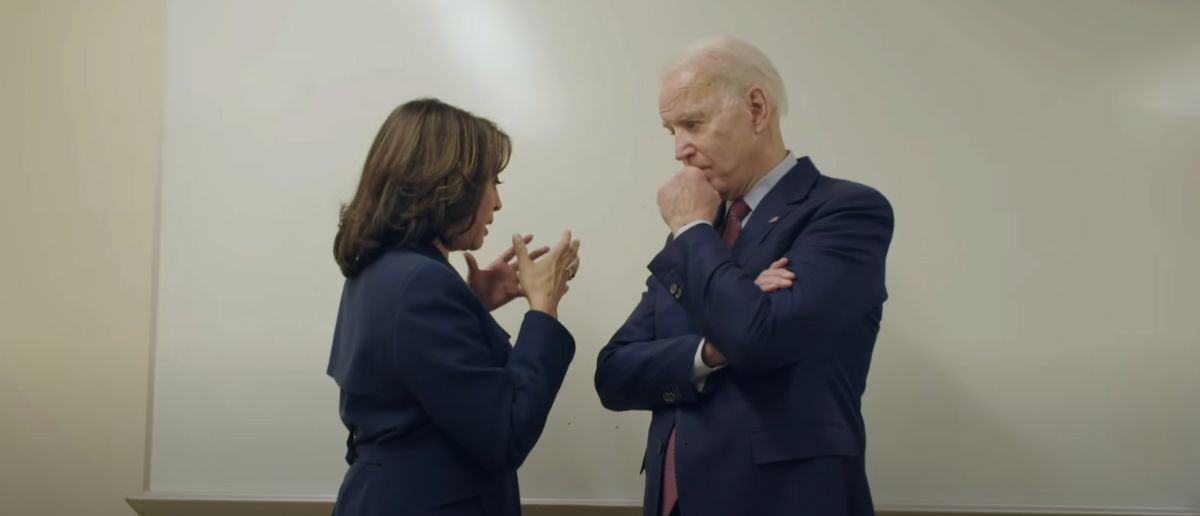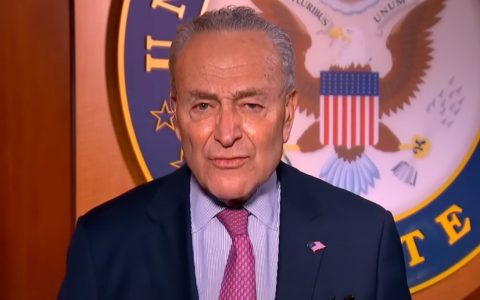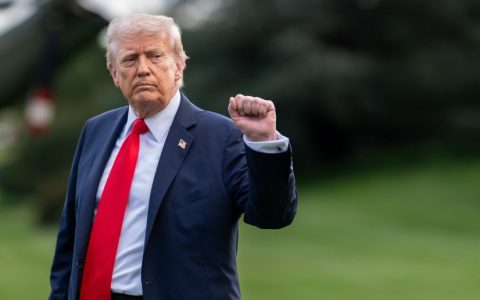
The Biden-Harris regime is a mess. There’s no more hiding how bad it’s been.
Because an incriminating Biden-Harris report just dropped as Americans head to the polls.
Biden-Harris Admin Crushes American Economy With Eye-Watering, Costly Regulations
As of October 2023, the Biden-Harris administration has implemented nearly $1.78 trillion in rules and regulations since taking office in January 2021, with a significant portion finalized in the past year, according to the American Action Forum (AAF).
In the first ten months of this year alone, the federal government has introduced $1.46 trillion in total net costs stemming from various rules, with $1.33 trillion attributed to finalized regulations. As of November 1, 2023, the administration has enacted a total of 327 finalized regulations.
The Biden-Harris Administration has smothered small businesses in regulatory burdens.
Every dollar in new regulations is yet another barrier to a successful small business. pic.twitter.com/1bgn6c88X0
— House Committee on Small Business (@HouseSmallBiz) November 4, 2024
When compared to the regulatory actions of previous administrations, the Biden administration’s regulatory costs are strikingly higher. The AAF reports that in the same timeframe, the Obama administration accumulated $490.5 billion in regulations by 2012, while the Trump administration recorded a mere $3 billion in 2020.
One of the most notable regulations under the Biden administration is the Environmental Protection Agency’s (EPA) recent initiative to replace lead pipes across the United States within a decade. This rule is projected to incur annual costs ranging from $1.47 billion to $1.95 billion. Additionally, the EPA’s stringent tailpipe emissions regulations have also played a role in driving up the overall costs associated with the administration’s regulatory agenda.
In recent months, the Biden administration has intensified its regulatory efforts, particularly as the 2024 election approaches. Among the various measures introduced, Biden has sought to regulate gas appliances, including new standards for furnaces that could potentially ban 40-60% of residential gas furnaces. The push for increased use of electric stoves is also part of this broader regulatory strategy.
Economic concerns dominate the 2024 election landscape, with a recent Gallup poll indicating that 52% of voters consider the economy to be the most pressing issue facing the nation. As the administration continues to unveil new regulations, the impact on the economy will likely be a focal point in the upcoming election.
The Trump Economy: A Case for Deregulation and Economic Growth
During his first term, President Donald Trump implemented a series of economic policies that significantly reshaped the American economic landscape. One of the hallmark strategies of his administration was deregulation, which aimed to reduce the bureaucratic burden on businesses and foster an environment conducive to growth. This article explores how these deregulation efforts contributed to economic expansion and revitalization during his presidency.
One of the most notable achievements of the Trump administration was the substantial reduction in regulatory burdens across various industries. By eliminating or easing regulations, Trump aimed to give businesses more freedom to operate and innovate. The result was a surge in business investment, as companies were able to allocate resources towards expansion and job creation rather than compliance costs. The 2017 Tax Cuts and Jobs Act complemented these deregulation efforts by lowering the corporate tax rate, further incentivizing companies to reinvest in their operations.
The impact of these policies was evident in the labor market. The economy saw remarkable job growth, with millions of jobs added across multiple sectors. Unemployment reached historic lows, particularly for minority groups, including African Americans and Hispanics, who experienced some of the lowest unemployment rates recorded in decades.
This dramatic decline in unemployment was, in part, a result of the deregulation efforts that made it easier for businesses to hire and expand their workforce. Deregulation also played a crucial role in the energy sector. The Trump administration rolled back numerous regulations that had constrained domestic energy production, leading to a boom in oil and gas extraction.
This not only helped achieve energy independence for the United States but also lowered energy costs for consumers and businesses alike. The increased production contributed to a more robust economy, with the energy sector becoming a vital driver of job creation and investment.
Deregulation fosters an environment where innovation can thrive. By reducing unnecessary regulatory obstacles, the Trump administration encouraged entrepreneurs to take risks and launch new ventures. The tech sector, in particular, saw significant growth as startups were able to navigate a more favorable regulatory landscape. This culture of innovation not only spurred economic growth but also positioned the U.S. as a leader in various emerging technologies.
The stock market also reflected the optimism surrounding the Trump economy. Following the implementation of his economic policies, stock indices reached record highs, bolstered by investor confidence in a business-friendly environment. The rising stock market contributed to a sense of wealth among Americans, further stimulating consumer spending and driving economic growth.
While the Trump administration’s approach to trade was often controversial, its focus on renegotiating trade agreements aimed to bolster American industry and protect jobs. By prioritizing American interests, the administration sought to create a more level playing field for U.S. businesses. This strategic approach, coupled with deregulation, aimed to enhance the competitiveness of American products in global markets.
Stay tuned to the DC Daily Journal.





